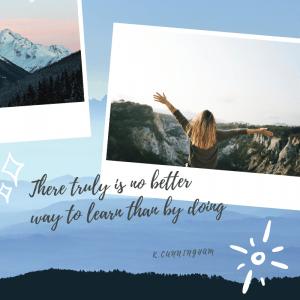Blogging with Students
 Ever question why we do it? Or just simply wonder how we do it? I do, often. But just briefly. I could be referring to teaching in general , of course, but more specifically to the part of me that needs to be the teacher that connects to the students in today’s classroom. I am always looking for a way to make the learning experience more engaging and meaningful.
Ever question why we do it? Or just simply wonder how we do it? I do, often. But just briefly. I could be referring to teaching in general , of course, but more specifically to the part of me that needs to be the teacher that connects to the students in today’s classroom. I am always looking for a way to make the learning experience more engaging and meaningful.
They are a very different breed of learners , our 21-century students. They don’t have to learn the ins and outs of technology from the ground up, they simply do it. By the time they get to high school, they are living and breathing video games, texting and social media! But … doing it and doing it as a mature, responsible individual is often not one in the same. Yes, they possess the tech skills and intuition that many adults work hard to achieve, but that doesn’t mean they have nothing more to learn.
Enter…Blogging with Students. Utilizing a blogging forum presents an opportunity to communicate digitally in an appropriate, yet authentic, environment. By participating in the Student Blogging Challenge , students learn how to blog and publish online, develop both tech & soft skills, find a voice & community, explore interests & passions, relate to a global audience, all while preparing for a modern digital work environment!
I am excited to be participating in the Student Blogging Challenge again this year and looking forward to embracing my new role as commenter for the challenge. Read more info on great reasons to take part in the student blogging challenge recently shared by Challenge coordinator – Kathleen Morris.
The Student Blogging Challenge starts March 3rd! Find out more……It’s not too late to join us!



